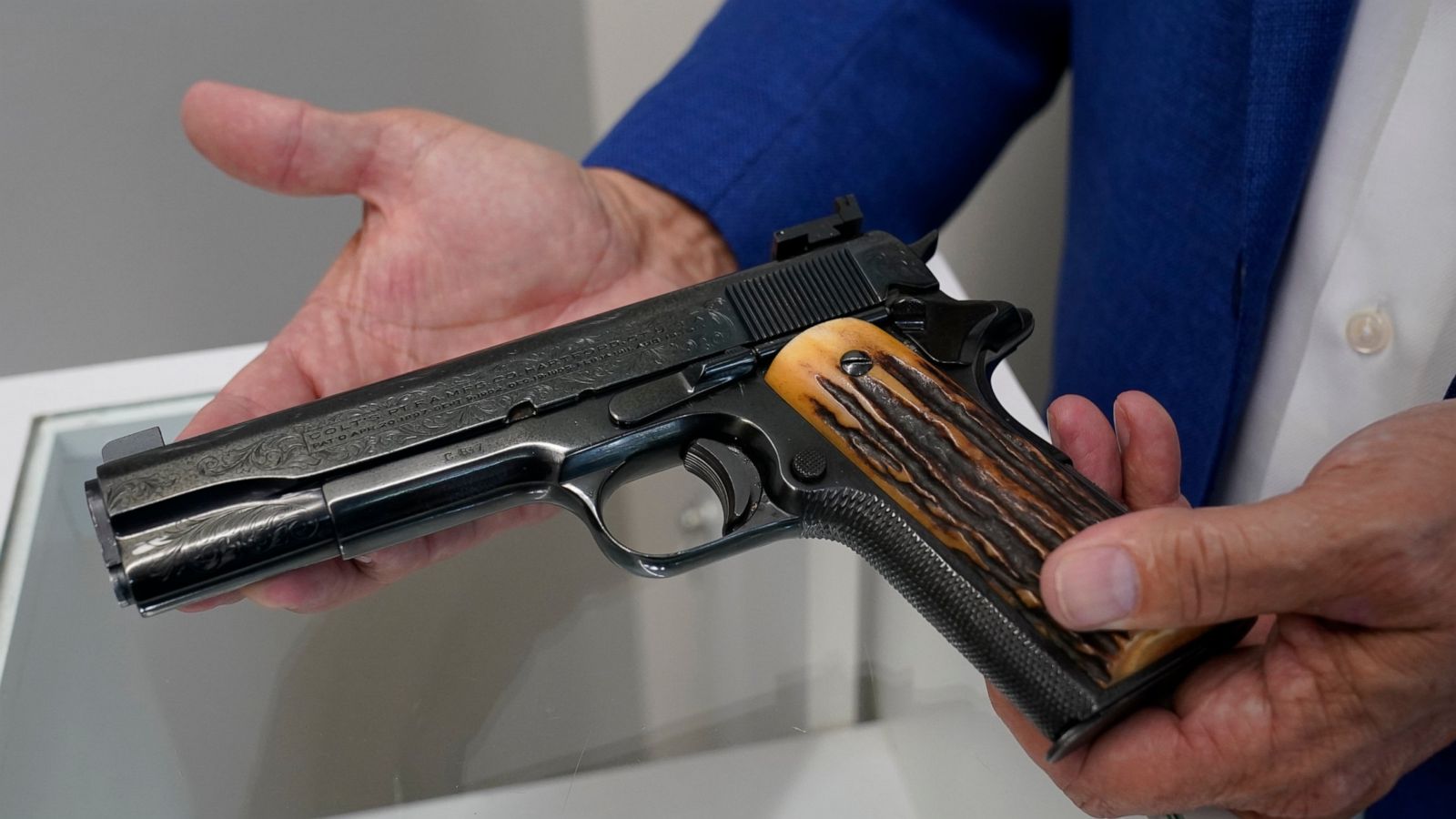

v SullivanĪs Capone’s empire grew, so did his penchant for violence. By the mid-1920s, Capone was reportedly taking home nearly $60 million annually ($891 million in today’s dollars), and his wealth continued to grow, reportedly topping $100 million ($1.5 billion in today’s dollars). He decided to leave Chicago, handing over control of his empire to Capone.Ĭapone was a natural at making money and quickly expanded the business. After spending three weeks in the hospital, and even more time in prison, Torrio wanted out. In 1925 he barely survived an assassination attempt by rival mobsters Hymie “The Pole” Weiss, Vincent “The Schemer” Drucci and George “Bugs” Moran. "It would be nice if it fell into the hands of someone who was wiling to reopen and carry on the tradition.The dark side quickly caught up to Torrio. "Everyone is patiently waiting to see what's going to happen with the place," she said. This summer, when the hideout tours were shut down, Leslie Strapon, assistant executive director of the Hayward Chamber of Commerce, said her office received hundreds of calls from disappointed tourists. In 1931, he was convicted of tax evasion and sent to Alcatraz prison in California. Valentine's Day Massacre in Chicago that killed seven rivals, further enticed federal agents to catch him. "Being an ostensible businessman, he had a lot of channels of supply," Binford said, pointing out that the lodge is located close to the Canadian border.Ĭapone's illegal activities caught up with him in the 1930s. It's rumored among locals that planes from Canada that were filled with alcohol docked on the small lake on the property. Henry Binford, a professor of history at Northwestern University, theorizes that the hideout was a stopover in the transportation of liquor to Chicago during Prohibition.

State University of New York at Oswego professor emeritus Luciano Iorizzo, who wrote "Al Capone: A Biography" in 2003, said he has never come across evidence that Capone visited the Wisconsin hideout Because he operated an illegal business, there are few written documents with clues on where he spent his time, historians say. No one can say for certain whether Capone ever stayed in the Wisconsin lodge. "He had already escaped death several times." "He wanted to get away from his enemies," Lurigio explained. Lurigio, a professor of criminology at Loyola University Chicago, who is also working on a documentary and book about organized crime in Chicago. He ruthlessly relied on intimidation, bribes and violence, according to gangster lore.Įven some state and local law enforcement officers turned a blind eye when Capone's gang committed crimes, leaving the feds to chase him, historians say.īut life as a crime kingpin brought a growing list of enemies, said Arthur J.

It holds enormous nostalgic value, bank Vice President Joe Kinnear said. There is no indication of what will happen to the property. The property includes a 37-acre lake and eight-car garage. Visitors paid a few dollars for a walking tour of Capone's reputed hideout.

The Houston family purchased the property in the 1950s and transformed it into a tourist spot. The two-story stone lodge, tucked away on 407 acres in Couderay, Wisconsin, was owned by the Capone family in the 1920s. The previous owners, Guy and Jean Houston, purchased it for $4.25 million in 1959, KBJR said. The bank was the only bidder at the auction Thursday at the Sawyer County Courthouse in Wisconsin.


 0 kommentar(er)
0 kommentar(er)
